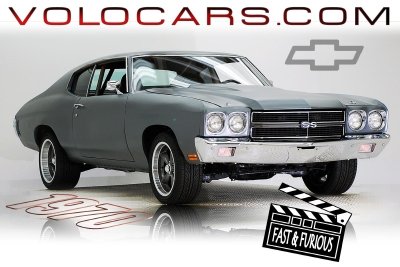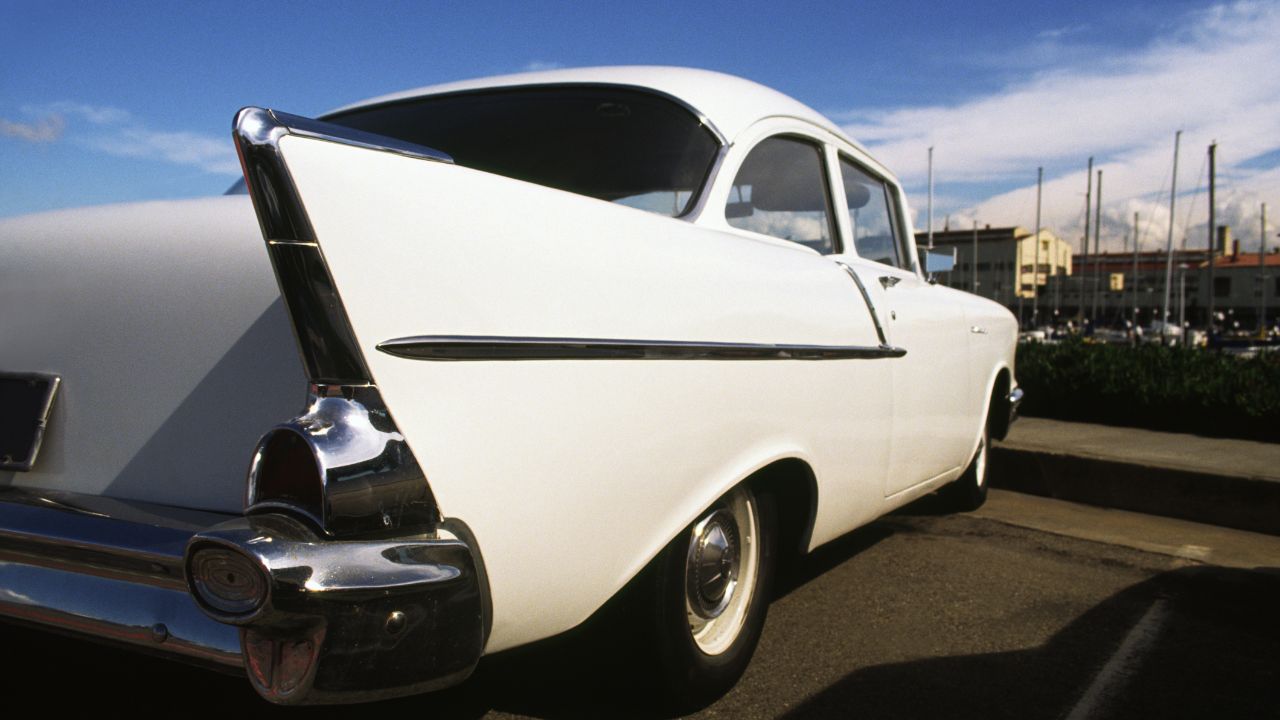
1969 Dodge 440 joined Super Bee line-up with Six-Pack trim and 390 horsepower. In 1970 styling was modified to look like a spinster spectacle frame with a bumblebee wings grille. Super Bee sales dropped by approximately half in 1970. However, the Charger remains popular among muscle car buyers. The Super Bee was no longer the top-seller. However, there were still some good years ahead.
2008 Dodge Charger SRT8
Apart from its speed, the Dodge Charger SRT8 superbee also has an interesting feature: a low quality interior. Although the seats are very supportive and wide, the seat doesn't feel retro. It also features a steering wheel that resembles a decapitated tortoise. This car isn't for people looking to buy a brand new luxury vehicle but it's still fun.
The 2007 Dodge Charger SRT8 Super Bee is a limited-edition trim that was available in three paint colors. It featured the iconic "Super Bee" decals at the hood (and fender panels). Blue accent stitching was added to the interior. This limited edition model is highly collectible. If you're looking for a rare car to own, then consider the 2008 Dodge Charger SRT8 super bee.

1968 to 1970 Dodge Super Bee
If you are looking to buy a muscle car, then the 1968-70 Dodge Super Bee may be for you. This muscle car, based upon the Coronet coupe and with comparable performance and price, was a rival to the Plymouth Road Runner. The 1968 Super Bee weighed 65 more than the Road Runner and had a wider wheelbase and wider rear wheels. It also featured a bumblebee tail stripe and a fancier grille.
The 1969 and 70 Super Bees received major modifications, including looping chrome bumpers as well as dual hood scoops. The new design included new taillamps, and a "power bulge hood". These cars could be purchased as hardtops or coupes. The Hemi engine was the most powerful. No matter what speed you prefer, the 1968-1970 Dodge Super Bee will meet your requirements.
1969 to 1970 Dodge Super Bee
The entry-level muscle car, the 1969-1970 Dodge Super Bee, was introduced in the late 1960s. It was a lower-priced muscle car that replaced the Plymouth Road Runner. In its original production, the Super Bee came with three different engines. They were all V8s. The 1969 Super Bee received a new grille as well as a headlight design. Other than that, it was exactly the same model as the 1968 model. Halfway through 1969, a new engine arrived. This new engine, the 440 cu-in Six-Pack, gave it 390 horsepower and cost less than the 426 cubic-inch Hemi.
The A12 package added features like an aluminum intake manifold and heavy-duty radiator, as well as a scooped hood. It also offered upgraded handling and suspension. It featured a 440-cubic-inch V8 with three Holley two-barrel carburetors and a 10:1 compression ratio. The engine produced 390 horsepower, and 490 pound-feet. The engine was paired with a 3-speed automatic transmission, which was a popular choice.

1968 to 1970 Dodge Coronet
In 1949, the Coronet was introduced as one of Dodge's first post-war models. However, it quickly became a muscle car. The 1968 Coronet received an overhaul that included a rounder appearance and a revised styling package. The Coronet was available in a variety of body styles and engine options, from mild to wild. Many Coronet R/T buyers chose the Coronet R/T, which was undoubtedly the most popular Coronet model.
The 1969 Super Bee looked much like the previous generation, with a few minor changes, including a new grille and restyled headlights. Midway through 1969, the car received a new engine. It was now powered by a 390 horsepower Hemi, but it cost considerably less than its predecessors. This engine also allowed the Super Bee to compete with more expensive models, including the four-door Plymouth, which featured a Hemi engine.
FAQ
Is it difficult to become a mechanic apprentice
It's not simple, but you can learn quickly and there are many avenues for advancement.
You must be patient and persistent. Also, you must know how to fix trucks, cars, and motorcycles.
Customers and family members can put a lot pressure on you. They want you to succeed. But you should never feel pressured into making decisions you aren't comfortable with.
If you like fixing cars, this could be a great career option. It's a job where you can earn a decent salary and build up your business.
You might choose to take a different route. This is where you might be interested in becoming a technician.
This is where you use your technical skills to support other workers. This could be a way to help technicians with their problems or to teach them new techniques.
You can also become a service advisor. Here, you'll provide advice and assistance to customers when they bring their cars to a garage.
Your decision depends on what you want to do. There are many options and you have the ability to choose the one that is right for you.
How do I prepare for a mechanic apprenticeship?
It is essential to understand what you are getting into. It is important to know the basics of how cars work. This way, you know where to start when you go on your first day at the garage.
You also need to know how to fix simple problems such as broken lights, tires, etc.
You will be able to diagnose and repair problems yourself.
For the purpose of putting them back together again, you'll need to be able to identify how each piece fits together.
Finally, you need to be able to safely and efficiently use tools.
All these aspects will help you become a competent technician.
What length is an automotive course?
An automotive course lasts 3 years.
The first year of your training is devoted to theory. You will learn all about cars. Practical training is the second year. You will learn to drive, fix engines and perform other tasks around the car. The final year includes a placement at an auto shop. This gives you real-world experience fixing real problems.
What qualifications do I need to be a truck mechanic?
While you may not have the formal qualifications to perform this job, your skills are well-rounded in working on engines and trucks. Your experience is invaluable as you know how to diagnose problems quickly and efficiently.
Your knowledge of diesel technology will allow you to identify the parts that are required to fix our vehicles.
Statistics
- The U.S. Bureau of Labor Statistics (BLS) reports that the job outlook for automotive service technicians and mechanics is expected to decline by 4% from 2019 to 2029. (indeed.com)
- According to the BLS, the median annual salary for automotive service technicians and mechanics in the United States was $44,050 in May 2020. (uti.edu)
- 52% of Mechanics in the United States think their salaries are enough for the cost of living in their area. (indeed.com)
External Links
How To
How to safeguard yourself against auto mechanic scams
Scamming by auto mechanics is a big problem for consumers. Consumers spend an average of $1,500 annually on repairs to their cars. This means that there is plenty of people willing to take advantage. You can avoid becoming a victim if you are able to identify the signs. These are some ways to spot scammers before they take your money.
-
Never pay upfront. It's a scam to ask for payment upfront. It is best to ask for payment only after the work has been completed. Call the Better Business Bureau at 1-888-322-8138 to verify that the work is genuine. They can provide guidance and assistance.
-
Ask for references. You can contact former customers to confirm that you are dealing with a trustworthy service provider. Online reviews are also a great way to verify the service provider's reputation. Make sure that any business you deal with has a positive reputation.
-
Conduct background checks. Background checks are essential for hiring anyone. Check the BBB website to see if there are any complaints against the business. Also, ensure that the vehicle's license number belongs to the person who owns the business.
-
Don't hesitate to walk away. Sometimes, even if the business appears legit, they will try to con you into paying too high. If you feel that you have been exploited, don't be afraid to walk away. There are plenty of other businesses available to you.
-
Be wary of "free" services. There are lots of companies that offer free estimates or free inspections. These companies will often charge you exorbitant fees later. Be sure to ask about additional fees before signing anything.
-
Avoid being pressured. A company may offer you a great deal because they think they are able to charge you less than you should. It is possible to fall for a scam if you are forced to buy something.
-
You should look for high-quality products. When looking for a repair shop, you want to ensure that they use high-quality parts. You shouldn't use cheap brake pads if you need them. Instead, shop for brakes.
-
Get multiple quotes. It's important to compare prices between different shops. Comparing prices between shops will give you a better chance to find a fair price.
-
Keep track of everything. Keep track of every detail related to your repairs. This includes things such as receipts, invoices, and warranties. Also, keep track of any telephone numbers and addresses you receive.
-
Stay informed